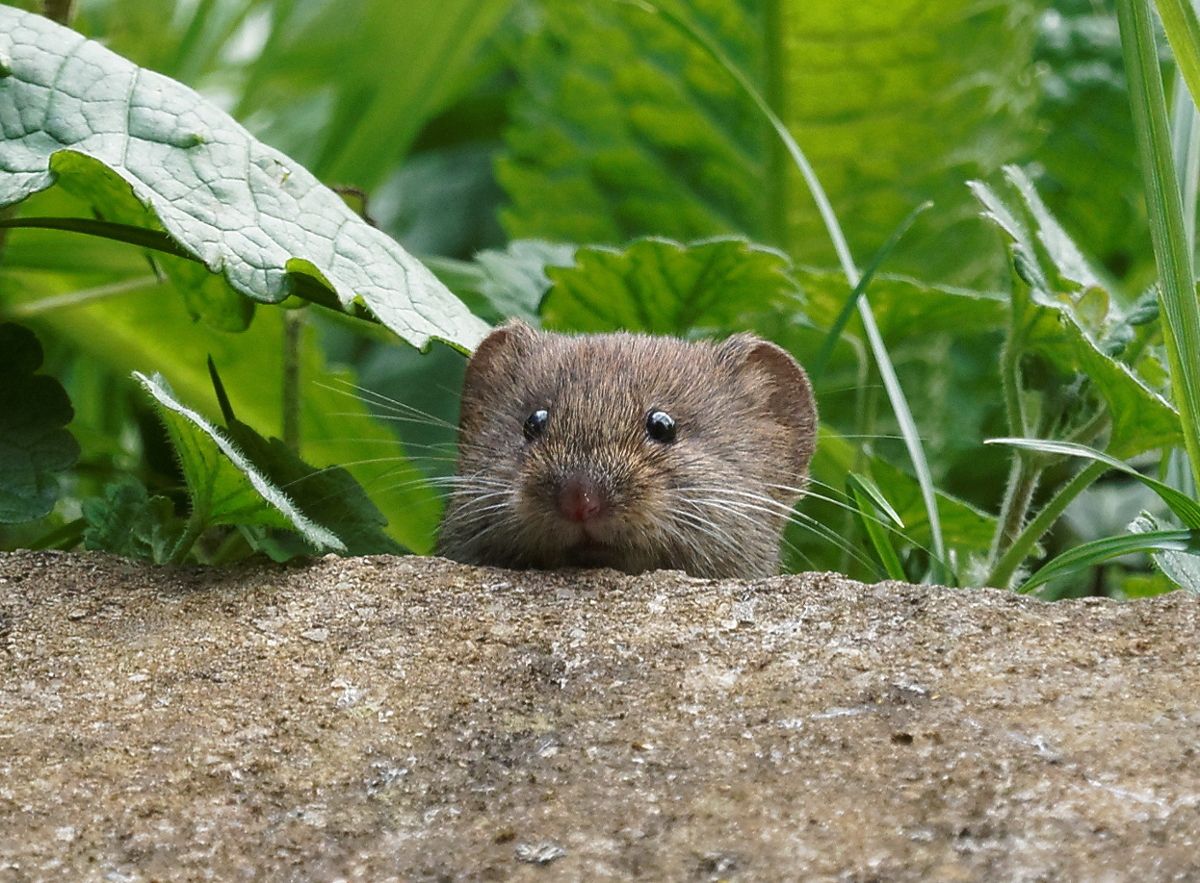The virus that causes COVID-19 can attack the linings of the lungs causing breathing difficulties and, sometimes, life-threatening respiratory failure. The COVID-19 pandemic overwhelmed the supply of ventilators and artificial lungs, prompting a desperate search for new ways of providing oxygen to people with respiratory failure.
In 2021 a team of American and Japanese biomedical scientists reported their research towards a novel solution to this problem: Pumping gaseous oxygen or oxygen-rich fluids up the patient’s rectum. While this idea might sound bizarre, it has a basis in comparative biology.
Certain aquatic animals, faced with low-oxygen conditions in the water, have evolved the ability to breathe air through their intestines. Humans and their closest relatives are mammals that don’t breathe with their intestines in nature. But, the researchers reasoned that the walls of the intestines, like the walls of the lungs, are rich in blood vessels that might be capable of absorbing oxygen.
To test their hypothesis, they designed an intestinal ventilation machine to pump oxygen gas up the rectum and into the intestines of a small mammal: the mouse. They showed that with this system in use, seventy-five percent of mice survived fifty minutes of low-oxygen conditions that would otherwise have killed them. Next, they used oxygenated fluids, which they pumped up the rectums of rats and pigs. The results again showed that this technique might alleviate the effects of respiratory failure.
The findings remain controversial among other biomedical scientists, who point to important differences between the walls of the intestines and those of the lungs. The researchers hope their work will produce a new life-saving treatment option for severe respiratory failure.










